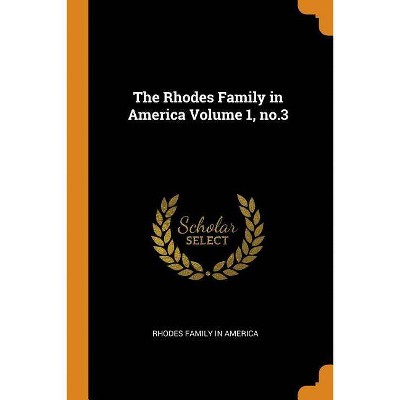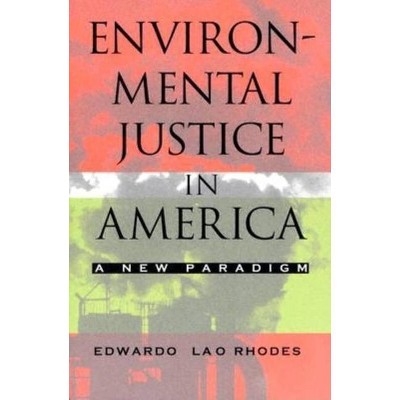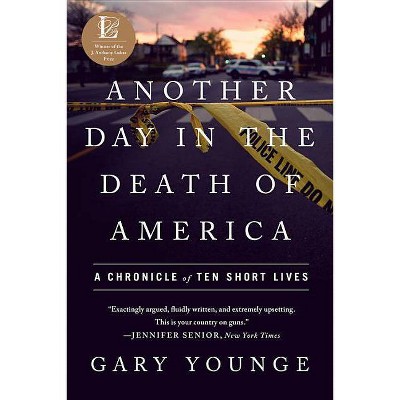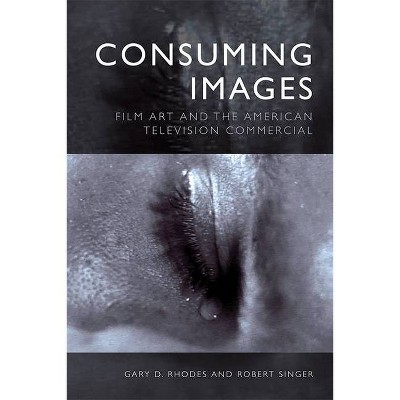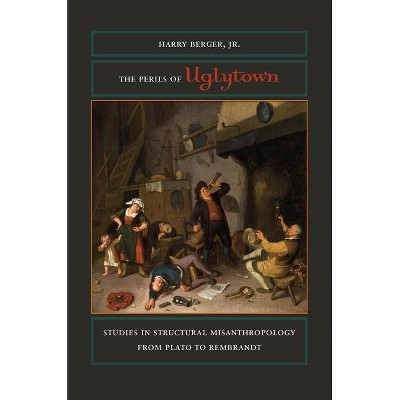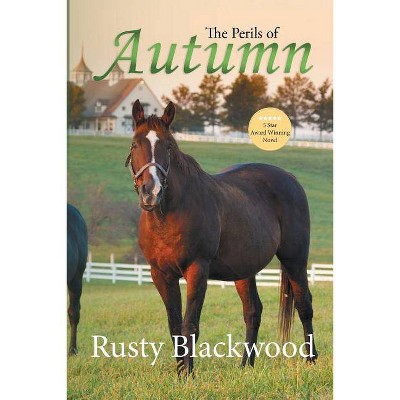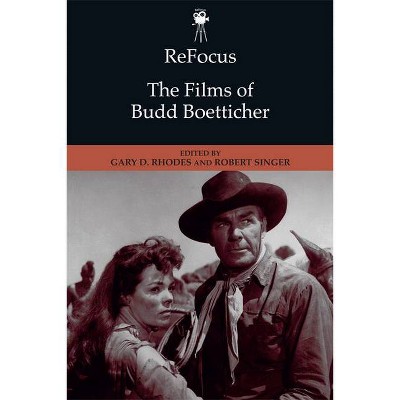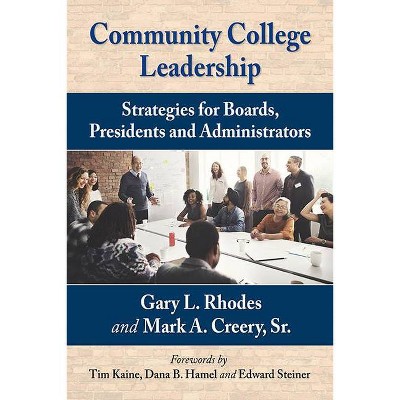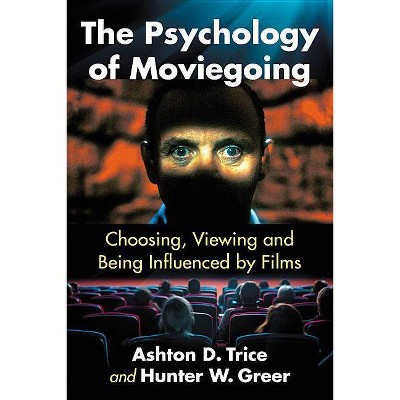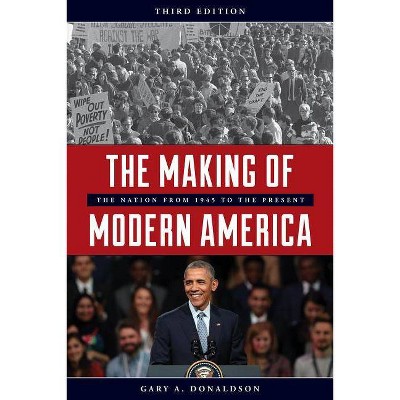The Perils of Moviegoing in America - by Gary D Rhodes (Paperback)
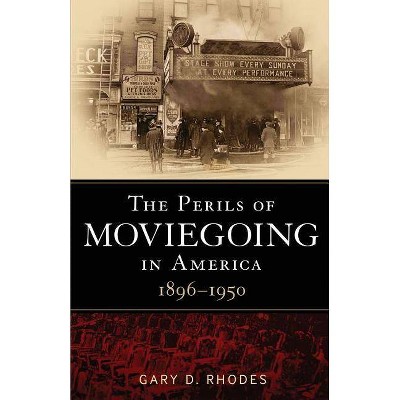
Similar Products
Products of same category from the store
AllProduct info
<p/><br></br><p><b> About the Book </b></p></br></br>Recaptures the lost history of the physical and moral perils that faced audiences at American movie theatres during the first fifty years of the cinema.<p/><br></br><p><b> Book Synopsis </b></p></br></br>During the first fifty years of the American cinema, the act of going to the movies was a risky process, fraught with a number of possible physical and moral dangers. Film fires were rampant, claiming many lives, as were movie theatre robberies, which became particularly common during the Great Depression. Labor disputes provoked a large number of movie theatre bombings, while low-level criminals like murderers, molesters, and prostitutes plied their trades in the darkened auditoriums. That was all in addition to the spread of disease, both real (as in the case of influenza) and imagined ("movie eyestrain"). <br/><p>Audiences also confronted an array of perceived moral dangers. Blue Laws prohibited Sunday film screenings, though theatres ignored them in many areas, sometimes resulting in the arrests of entire audiences. Movie theatre lotteries became another problem, condemned by politicians and clergymen throughout America for being immoral gambling. <br/><p><i>The Perils of Moviegoing in America: 1896-1950</i> provides the first history of the many threats that faced film audiences, threats which claimed hundreds, if not thousands, of lives. </p><p/><br></br><p><b> About the Author </b></p></br></br>Gary D. Rhodes, PhD, is currently Head of Area for Film Studies at The Queen's University of Belfast, Northern Ireland. He is the author of <i>Lugosi</i> (McFarland, 1997) and <i>White Zombie: Anatomy of a Horror Film</i> (McFarland, 2002). Rhodes has also written and directed a number of documentary films.
Price History
Price Archive shows prices from various stores, lets you see history and find the cheapest. There is no actual sale on the website. For all support, inquiry and suggestion messagescommunication@pricearchive.us
